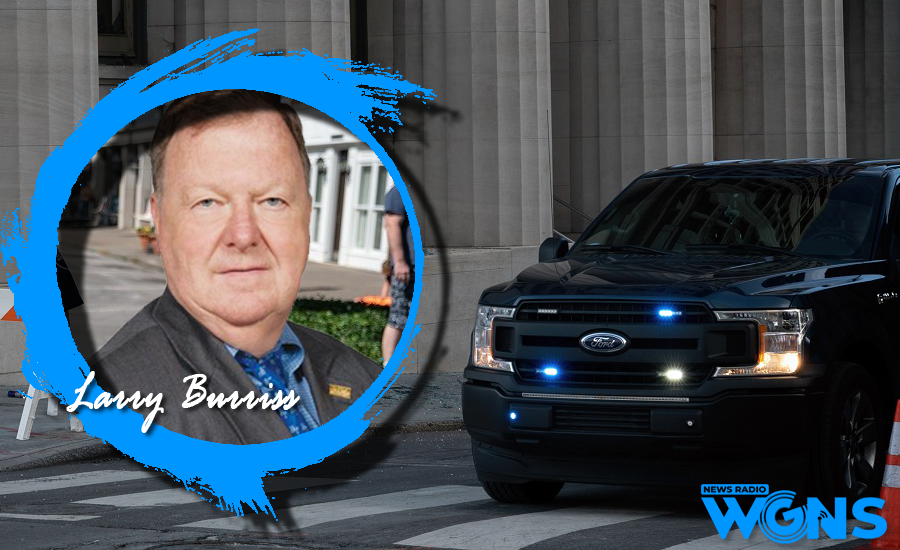Reporters and how much involvement should they have within an actual news story? With more on this question, here is MTSU Professor of Journalism Larry Burriss…
Scroll down for more on this story...
Continued...
VERBATIM of ABOVE AUDIO: “Watch any television news program these days, and there is sure to be an argument about how much reporters should be involved in stories they are covering. Of course, such questions wouldn’t be asked if reporters weren’t, in fact, involved in stories in the first place.
There has always been something of an unspoken rule about reporters not becoming part of stories they are covering. But in fact, the news media have sometimes been at the heart of defusing seemingly intractable international tensions.
Perhaps the most well known involved ABC news reporter John Scali. In late October 1962, at the heart of the Cuban missile crisis, Scali volunteered to work with President Kennedy to pass messages to a Soviet KGB officer with strong connections to Soviet premier Nikita Khrushchev.
The message Scali passed on was that if missiles were launched from Cuba, the United States would target Moscow, not Havana, in retaliation.
Then, in 1977, CBS news anchor Walter Cronkite was directly responsible for the first face-to-face talks between Israeli prime minister Menachem Begin and Egyptian president Anwar Sadat.
In a taped interview replayed on the evening news, Cronkite asked Sadat about a rumored trip to Israel. After splitting some diplomatic hairs about conditions for peace versus conditions for talks, Sadat said he would welcome an invitation from Begin.
Cronkite then cut to film of Begin saying he would be happy to send an invitation to Sadat, which he did, and within a week the two leaders were meeting in Jerusalem. A year later both Begin and Sadat were awarded the Nobel Peace Prize.
Throughout diplomatic history there has almost always been back-channel discussions. Maybe the talks weren't face-to-face between leaders, but there is always a person or two who can be relied on to pass messages back and forth.
And since reporters are, as a group, the most likely to have these contacts, one has to wonder how many other stores are coded messages designed to influence the very stories being covered. -I'm Larry Burriss.”
Scroll down to learn more about Dr. Larry Burriss...
Continued...
About Dr. Burriss
Larry Burriss, professor of journalism, teaches introductory and media law courses. At the graduate level he teaches quantitative research methods and media law. He holds degrees from The Ohio State University (B.A. in broadcast journalism, M.A. in journalism), the University of Oklahoma (M.A. in human relations), Ohio University (Ph.D. in journalism) and Concord Law School (J.D.). He has worked in print and broadcast news and public relations, and has published extensively in both academic and popular publications. He has won first place in the Tennessee Associated Press Radio Contest nine times. Dr. Burriss' publications and presentations include studies of presidential press conferences, NASA photography, radio news, legal issues related to adolescent use of social networking sites, legal research, and Middle Earth.
Dr. Burriss has served as director of the School of Journalism, dean of the College of Mass Communication and president of the MTSU Faculty Senate. He was appointed by Gov. Phil Bredesen to serve on the Tennessee Board of Regents. He was a lieutenant colonel in the U.S. Air Force and served on active duty in Mali, Somalia, Bosnia, Central America, Europe and the Pentagon.





